Despite featuring twice the build volume of the M1, the Carbon M2 turns out production quality parts at 75-micron resolution in the XY plane. It also offers an above average price-to-build-volume ratio compared to industrial printers (189 x 118 x 326 mm³) and moves at a speed Carbon claims is 25 – 100 times faster than traditional methods.
The M2 is part of a manufacturing cell dubbed the SpeedCell, which adds a necessary piece of post-processing gear, the Smart Part Washer, and the company’s cloud-enabled management software for a scalable manufacturing system.
The SpeedCell system is available in two formats, Design and Production. The latter adds extra M2 printers to cost-effectively scale throughput without adding additional washers.
Technical Specifications
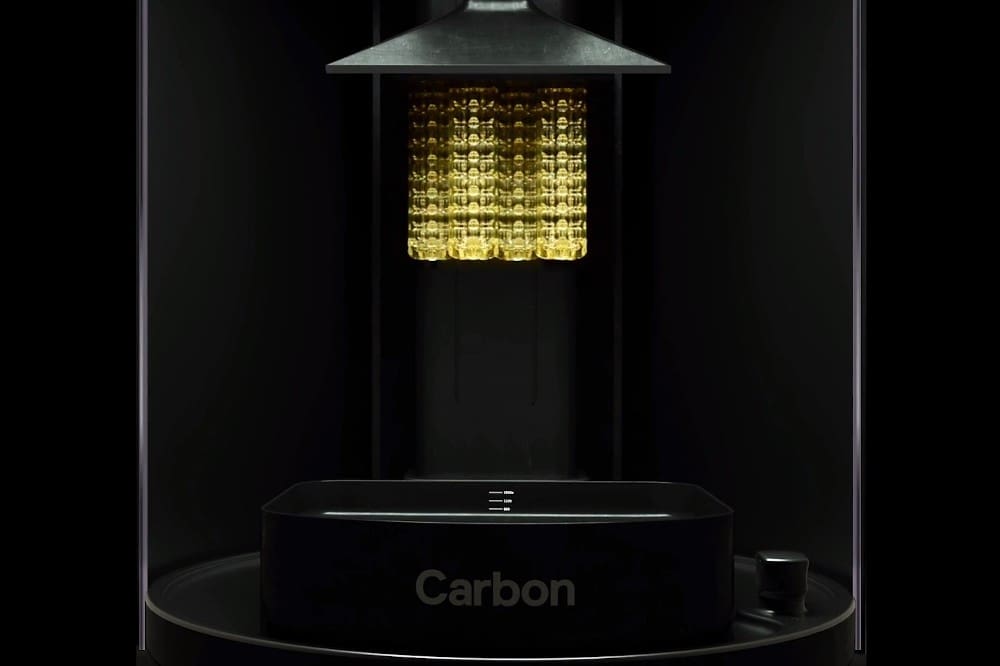
The list of available specs made public by Carbon is rather short. Likely they prefer to share more details once in contact with a customer, given that the M2 represents a heavy investment. In the meantime, here’s what can be said about it:
- Print Engine: Digital Light Synthesis (DLS), Continuous Liquid Interface Production (CLIP)
- Build Volume: 189 x 118 x 326 mm³ (7.4 x 4.6 x 12.8 in³)
- Resolution: 75 μm
- Supported Materials: MPU 100, EPU 40, EPU 41, SIL 30, RPU 70, FPU 50, CE 221, EPX 82, UMA 90, DENCTA Denture (Base, Teeth, Try-in), Dreve FotoDent, Whip Mix Surgical Guide, DPR 10
- Connectivity: USB, Ethernet
- Print Preparation: Carbon’s proprietary software
- Printer Size: 540 x 654 x 1734 mm³ (21.2 x 25.7 x 68.2 in³)
Behind the Company
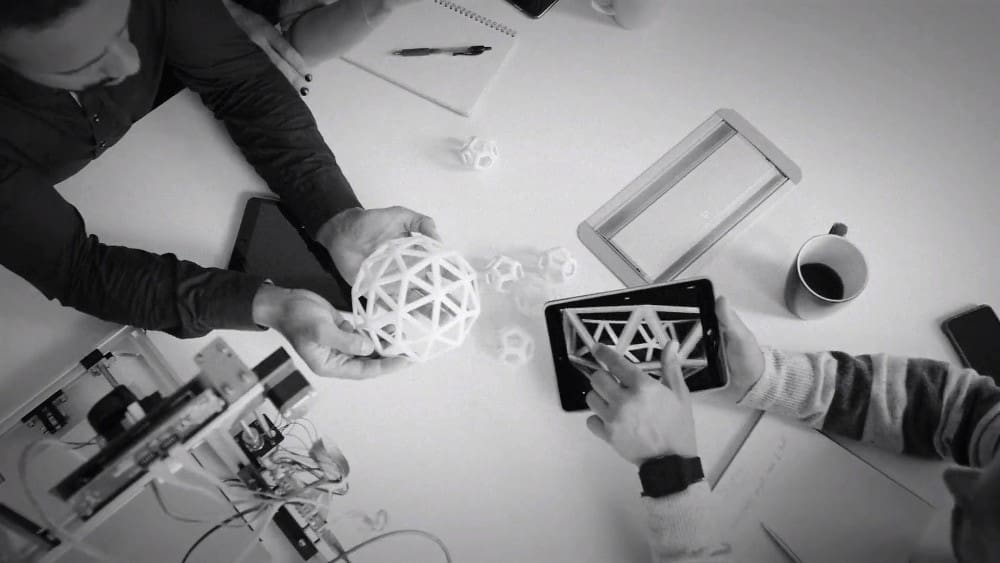
If you’ve only read one article about 3D printing in the last few years, there’s a strong chance it was related to 3D printed shoes, and an even stronger chance it was about Carbon’s technology. Carbon has been working with Adidas since 2015 on projects like the Futurecraft: a sneaker built on a fully 3D printed midsole.
The partnership takes advantage of “additive only” lattice geometries, the promise of fully customized end-use parts, and a manufacturing model that’s disrupting typical injection molding and machining processes. It’s a perfect symbol for what Carbon is looking to accomplish with the M2 and its SpeedCell system: innovation, speed, and power.
Carbon was founded in 2013, but didn’t begin to make waves in the industry until early 2015. That’s when they published a scientific paper and gave a popular TED talk on their new, core technology: Continuous Liquid Interface Production (CLIP). Shortly after, they raised $10m from Autodesk and announced partnerships with Ford and powerhouse Hollywood effects company, Legacy Effects.
Well before they had even announced their first 3D printer, the M1, Carbon snowballed these big names into another $170M in funding and a partnership with Johnson & Johnson to produce surgical devices. In early 2016, the M1 launched to broad industry excitement and brought a novel business model with it, a subscription service: you don’t buy it, you lease it.
Now, with another $200m+ in funding from GE, BMW, and known Silicon Valley VC firms, Carbon’s valuation comes in at over $1B, making it one of the 3D printing industry’s most exciting unicorns to watch.
Technology and Workflow
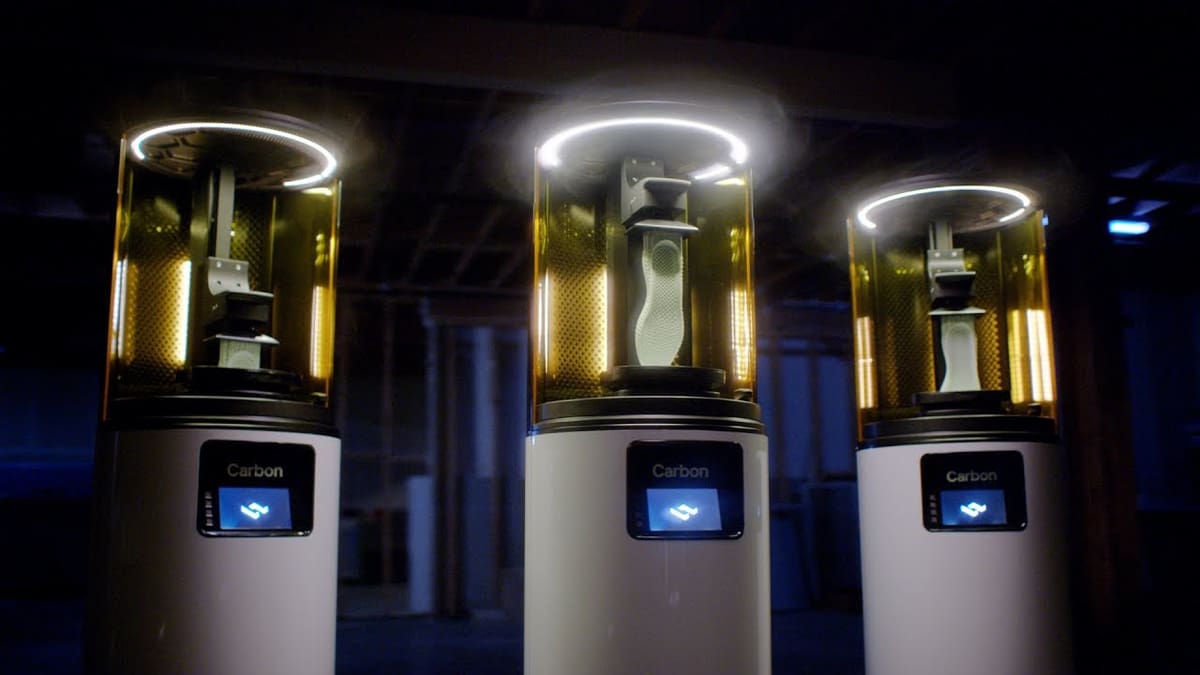
The Carbon M2 uses the company’s proprietary CLIP technology to build parts from a pool of liquid resin by hardening them with UV light. CLIP is similar to the common “bottom up” stereolithography (SLA) method of 3D printing. It blasts UV light from an LED projector upward into a pool of resin to steadily harden it as the part lifts out of the pool. The critical difference is the “window” the UV light shines through and the process by which each new layer is hardened.
With SLA, new layers harden and partially adhere to the glass window the projector shines through. This creates a tension that has to be broken with a “peel” step, where the window briefly tilts away from the part to create separation.
CLIP employs a workaround to this time consuming “peel” that occurs at each layer. In particular, an oxygen-permeable window creates a “deadzone” of oxygenated polymer between the window and the new layer. The oxygen prevents the part from curing directly against the window, which enables the part to be continuously hardened and lifted from the pool.
The result is a continuous build for faster, higher resolution parts, and is a subset of Carbon’s umbrella technology: Digital Light Synthesis (DLS). And because DLS works continuously, without a layer by layer approach, the cured-resin parts also have a much higher fidelity.

Yet, the new technique still has room for improvement. A prime example is the varible amount of time required for enough resin to fall into the “dead zone” region and supply the next layer with fresh material. Naturally, compared to window adhesion and peeling, this is a lesser issue.
To automate the washing process within Carbon’s greater SpeedCell system, the company offers the Smart Part Washer. This fully-enclosed washer is networked to receive custom instructions for each job (which can vary depending on part surface area and volume). As a result, one of the most manual, time-consuming parts of the process becomes fully automated.
The added operational efficiency is aimed directly at Carbon’s target audience. Industrial prototypers and manufacturers know every man-hour is precious and look to implement as much automation as possible.
Carbon’s additional curing or firing equipment can be found in the mandatory “Industrial Accessory Pack.” It includes a “UV Curing Flood Lamp” anda “Convection Oven”. Neither appear to be manufactured by Carbon, but both are important tools for several of the materials they offer.
Software and Materials
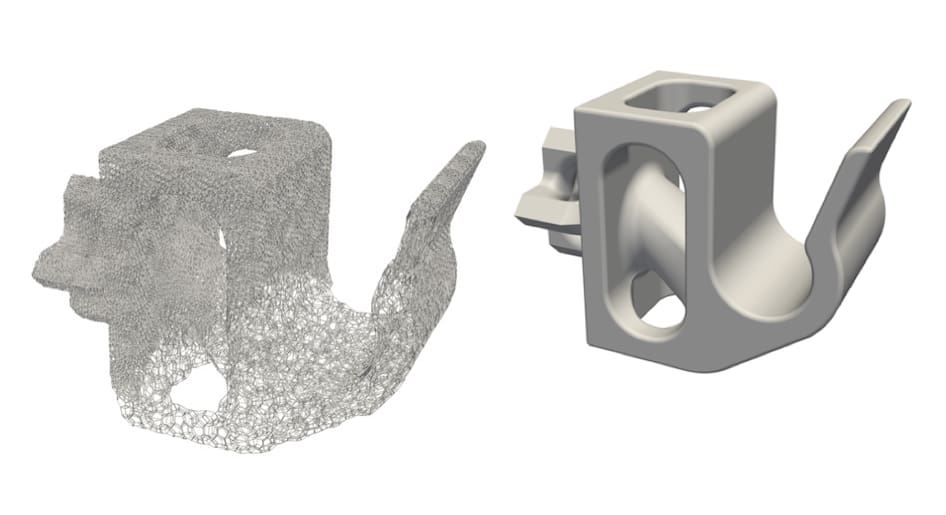
The M2 runs on Carbon’s browser-based, cloud software, which connects printers, washers, and file preparation.
It uses finite element analysis (FEA), a sophisticated engineering modeling technology, to generate custom supports for any model or material. Carbon’s FEA simulations can also accommodate the stresses and applications parts will undergo once printed.
On top of simulations, the software offers powerful generative design features. They include creating internal lattices and adding patterned functional or aesthetic textures.
The entire suite is updated every six weeks, and sends real-time usage and performance data back to Carbon HQ. In this way, the company can make valuable enhancements to hardware and workflows. That’s the “predictive service” offering in their subscription model.
For materials, Carbon offers its own proprietary blend of a broad range of popular photopolymers. They include biomedical, high elasticity, and rigid polyurethanes alongside silicone, high-temp cyanate ester, epoxy, and a full set of dental-grade polymers from 3rd party formularies. It’s the kind of diversity you would expect from a company serving automotive giants like Ford and BMW, while also turning out mid-soles with Adidas and medical devices with Johnson & Johnson.
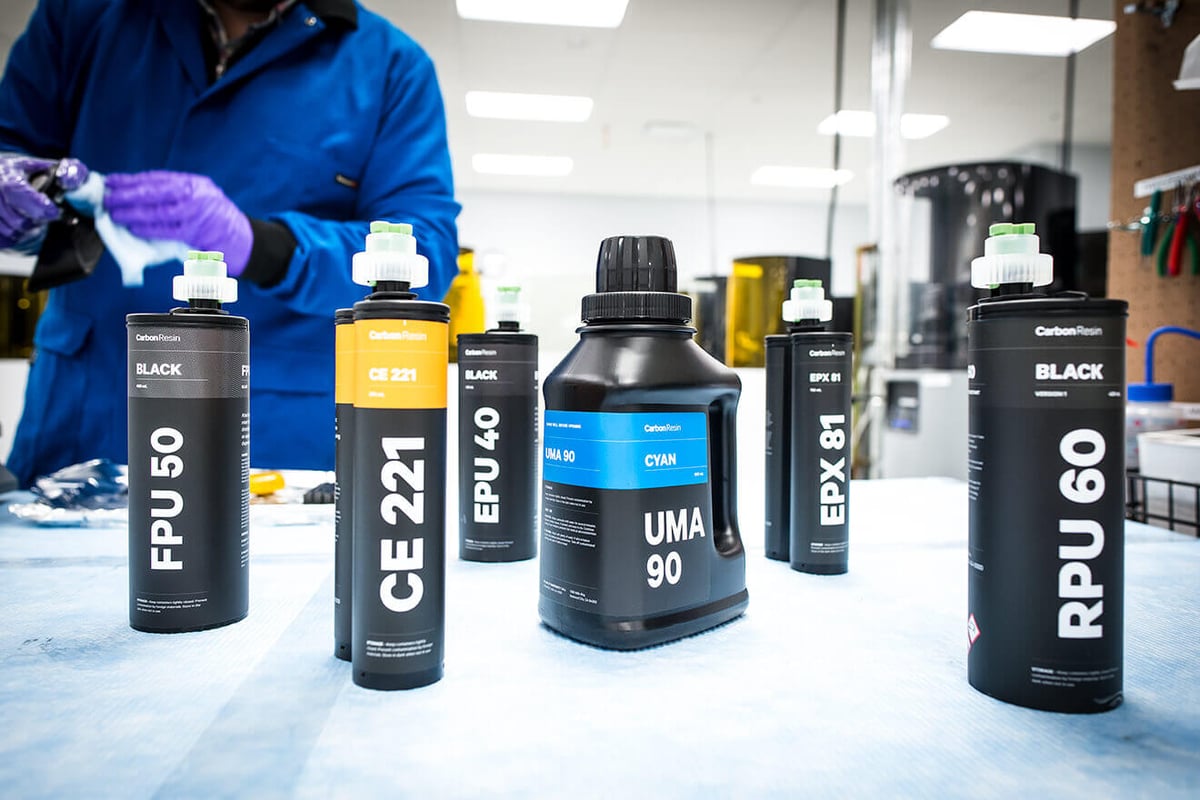
Carbon claims their CLIP technology enables 3D printing with entirely new classes of polymers. If true, we’re likely to see even more Carbon-only materials with the impressive exotic properties that design engineers and manufacturers are looking for.
Pricing and Availability
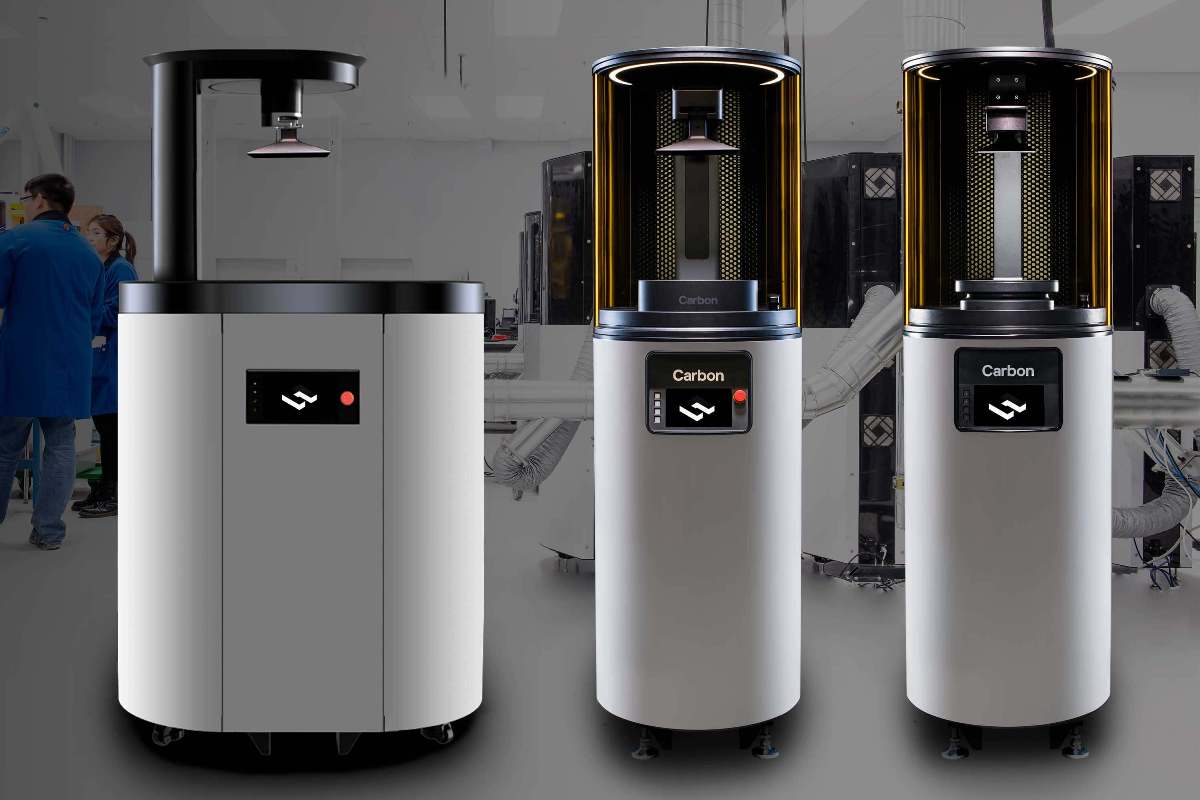
The M2 is available as a subscription service with a minimum 3-year term, priced at $50,000 per year. Add in the Smart Part Washer ($10,000 per year) and the mandatory accessory pack (one time purchase of $12,500), and you’re looking at $192,500 for the full SpeedCell system. That’s an impressive price model for a field of industrial printers that typically cost between $500,000 and $1m.
Please be advised that Carbon offers a different business model than most other companies. To get a quote for a Carbon M2 system, please continue below.
License: The text of "Carbon M2 3D Printer: Review the Specs and Price" by All3DP Pro is licensed under a Creative Commons Attribution 4.0 International License.